How will Covid 19 impact marketing for flight schools and flight instructors? What can they do NOW to keep flying safely and profitably in the unpredictable spring of 2020?
Max Trescott, author, flight instructor and sales and marketing veteran, shares some tips from the beautiful San Francisco Bay area – one of the Covid hot spots!
Paula Williams:
Welcome to this week’s episode. When I first met Max Trescott, I thought his name was Max West because that’s how he’s introduced on the airplane geeks podcast. And I had no idea that he was the same as Max Trescott, who’s the person that wrote all of the books on the G1000 training manuals and a lot of the other training materials I had used as a student pilot. So, anyway, I was kind of embarrassed when I first figured that out and now we get to do a podcast with the one and only Max Trescott. Max is the 2008 National CFI of the year, selected to represent all 96,000 flight instructors in the US. He’s written two books, including Max Trescott G1000 and Perspective Glass Cockpit Handbook. He also has online courses for the G1000 at PilotLearning.com. He lives in the San Francisco Bay area and is a Cirrus Platinum CSIP Instructor. He teaches full time in Cirrus aircraft and he’s also type rated in the Cirrus SF50 vision jets. The really cool new one, right?
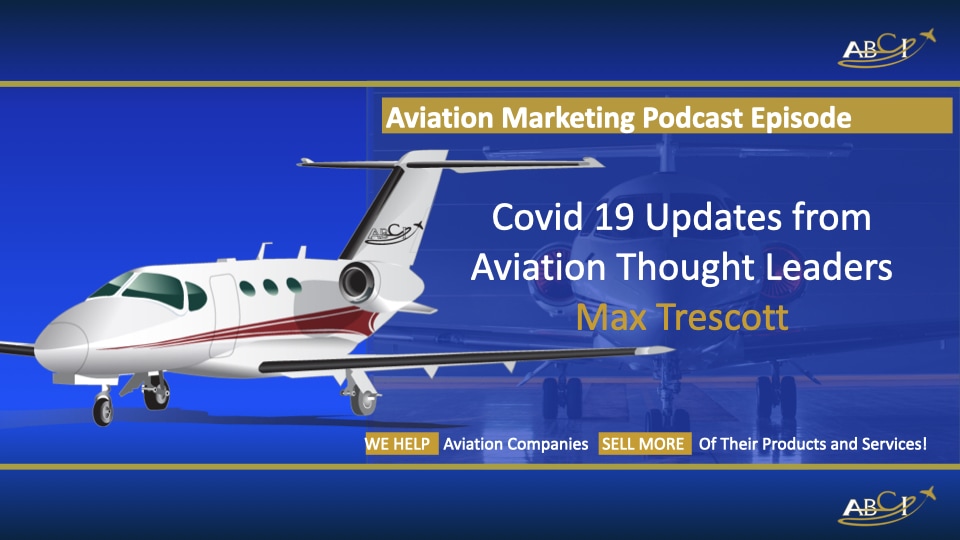
He’s been a cohost for six years on the Airplane Geeks Podcast and for the past three years, he’s hosted his own podcast that’s focused strictly on general aviation called Aviation News Talk Podcast. And now we get to talk with the one and only Max Trescott.
I met Max Trescott through from the Airplane Geeks. It was the coolest group of people on the audio circuit I would have to say, in the aviation industry. And I learned a whole lot from listening to the Airplane Geeks when I was new to the industry. And Max Trescott of course is one of the people that I listened to on a regular basis on the Airplane Geeks and other places. So, it’s really cool to be talking to you finally. I know we’ve been meaning to do this forever, Max.
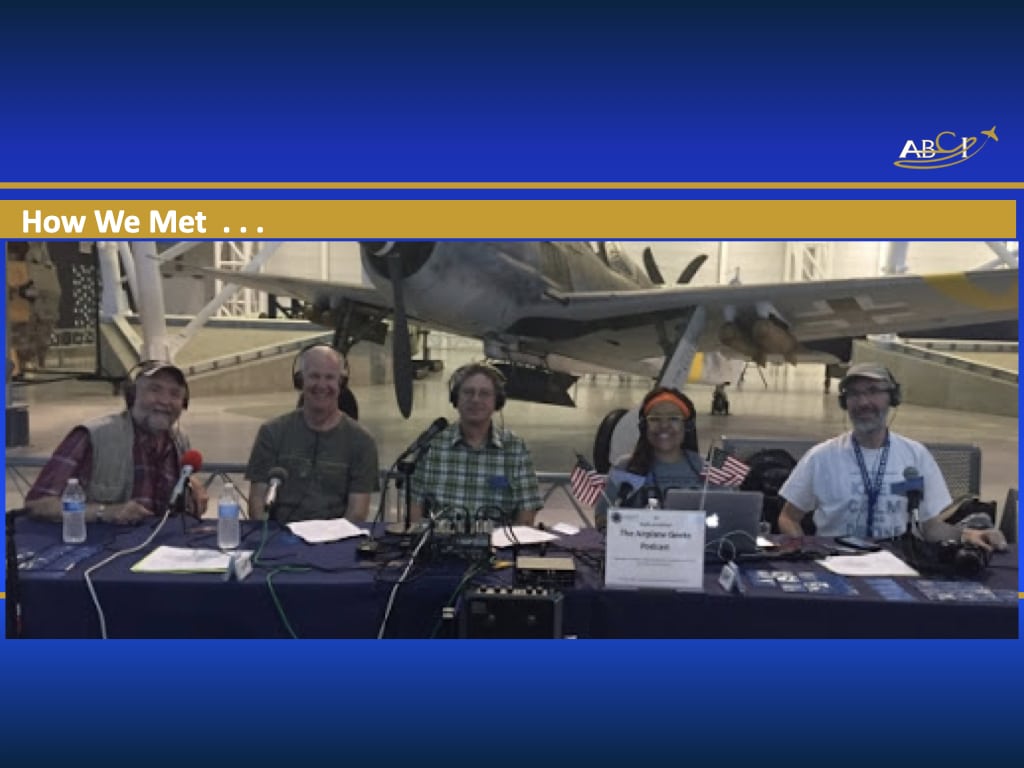
Max Trescott:
Well, we certainly have a good excuse to do it because things are different in the industry right now.
Paula Williams:
Absolutely. That is for sure. And so if there was ever a good reason to get your input on something, this is certainly it. It’s the biggest change I’ve seen in the 15 years I’ve been hanging around the industry and I know you’ve probably been around for a while as well, so.

Max Trescott:
Certainly it’s unprecedented, we had a major downturn in 2001 but it wasn’t anything like this. This is just totally different.
Paula Williams:
Right? Yeah. In fact, I was just kind of getting into the industry in 2001, we bought our Skyhawk in 2000 and we bought two over the years and that first one was right during that recession. And our plan was to buy, kind of like people flip apartments, it was to buy a Skyhawk and lease it back to a flight school and we were going to make a ton of money and it was going to be great. And we were going to have these fabulous airplanes to fly and it was such a fabulous idea. And the economy convinced us otherwise pretty quickly.
Max Trescott:
Yep, the best laid plans.
Paula Williams:
Right. So Max, what have you observed about this epidemic and its impact on the industry?
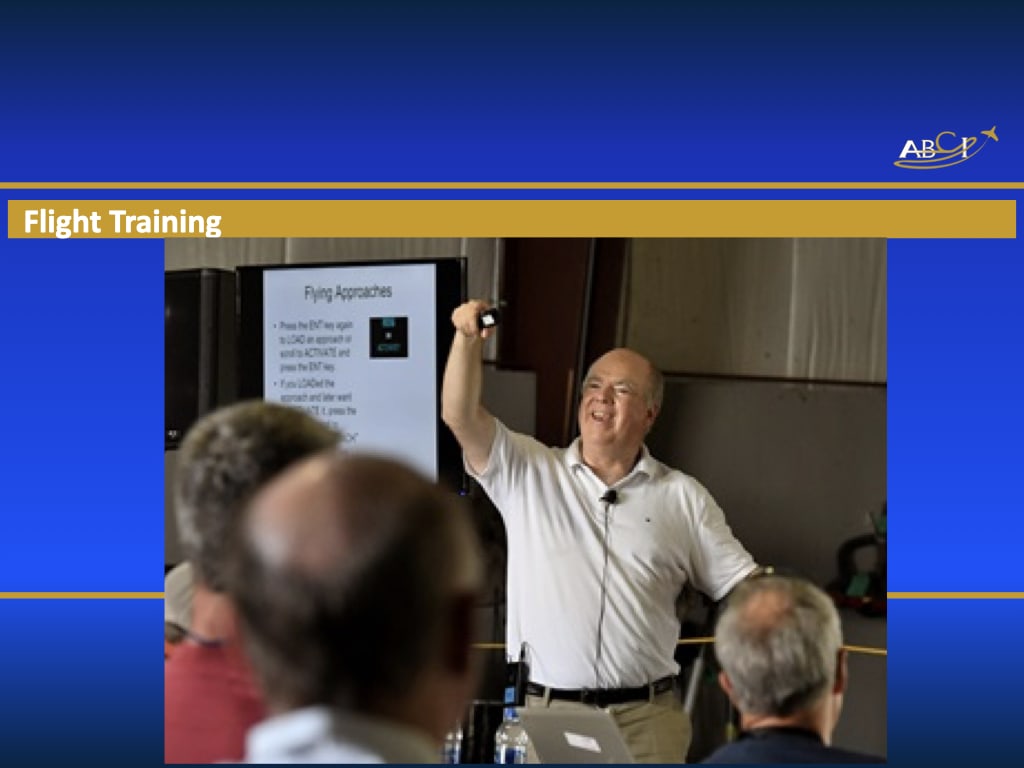
Max Trescott:
Well, let me talk about the flight training industry specifically. I think people are probably familiar with what’s happened with air traffic, air carriers and things like that. With flight instruction, at least from what I have seen here in the San Francisco Bay area, which is a heavily populated area, which has been hit reasonably hard by COVID-19, all the flight schools that I know of have been shut down and they are just now starting to reopen. The flight school that I teach at has said that, “They will start allowing dual flight instruction this week.” I’m not teaching this week. I’m still waiting to kind of figure out exactly what kinds of protocols I want to put in place before I jump into the airplane again. But we’ve gone through initially what was a hard shutdown, where there was no flying allowed whatsoever. And by the way, this is a club with around 900 members, 50 airplanes and on the order of 40 flight instructors. And so, you can imagine there’s just a lot of going and coming. A lot of people, it’s a complex operation with a lot of moving parts.
And so, given that we had some of the first cases in California right here in this County, I think they did the right thing, which was to immediately shutdown and then to figure out how to get started back up again in a well thought out process. And what they did initially was to allow solo flights. And then they actually said that, “Those would be just one per plane, per day.” They didn’t want more than one person flying the same airplane in the same day, which gave them time for cleaning airplanes between flights. Then they moved to, “Yes, you can bring along family members to you.” And now they’ve moved to, “Yes, you can bring along flight instructors.” At least for those flight instructors who are willing to, to do that and not all flight instructors have said they’re, “Ready to immediately jump back in the airplane.”
Paula Williams:
Right. Well and if you’re at some point in your flight instruction, you can’t get very far without an instructor. So, that’s a-
Max Trescott:
well and you also really can’t socially distance very well in a GE aircraft.
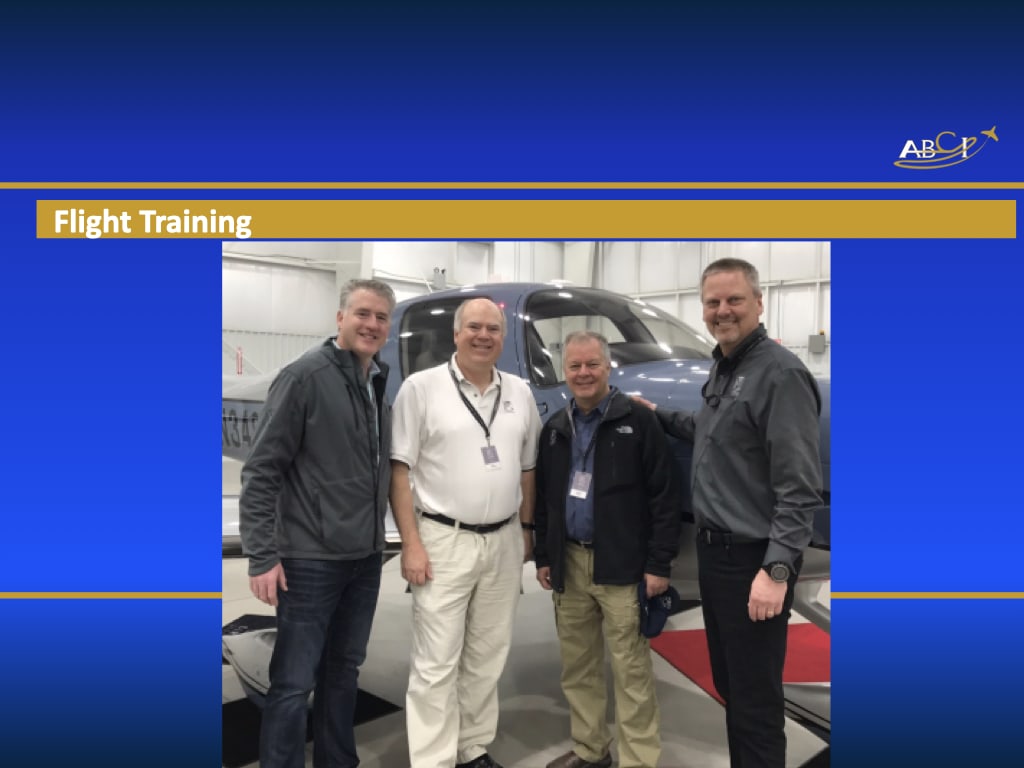
Paula Williams:
No. That’s for sure. Like I’m thinking a Skyhawk, there’s maybe three feet between one person’s nose and the next person’s nose, if they’re both looking straight forward, if that, so. I think that’s what German standards now, is the one meter or whatever, so. Since they’ve been opening up and getting a little bit closer together in some of their cities, so [crosstalk 00:05:50]-
Max Trescott:
Sure. Now I did consider doing flight training only in Caravans. I would sit in the 10th seat, the back of the plane, talk to the pilot upfront-
Paula Williams:
That’s expensive.
Max Trescott:
… but I only have one client that flies Caravans so that probably-
Paula Williams:
There you go.
Max Trescott:
… wouldn’t have worked.
Paula Williams:
Right and you’d spend a little bit more on fuel costs and rental then they would in the typical trainers, right?
Max Trescott:
Not practical.
Paula Williams:
Exactly. So, what changes are you expecting in the next 90 days or one year?
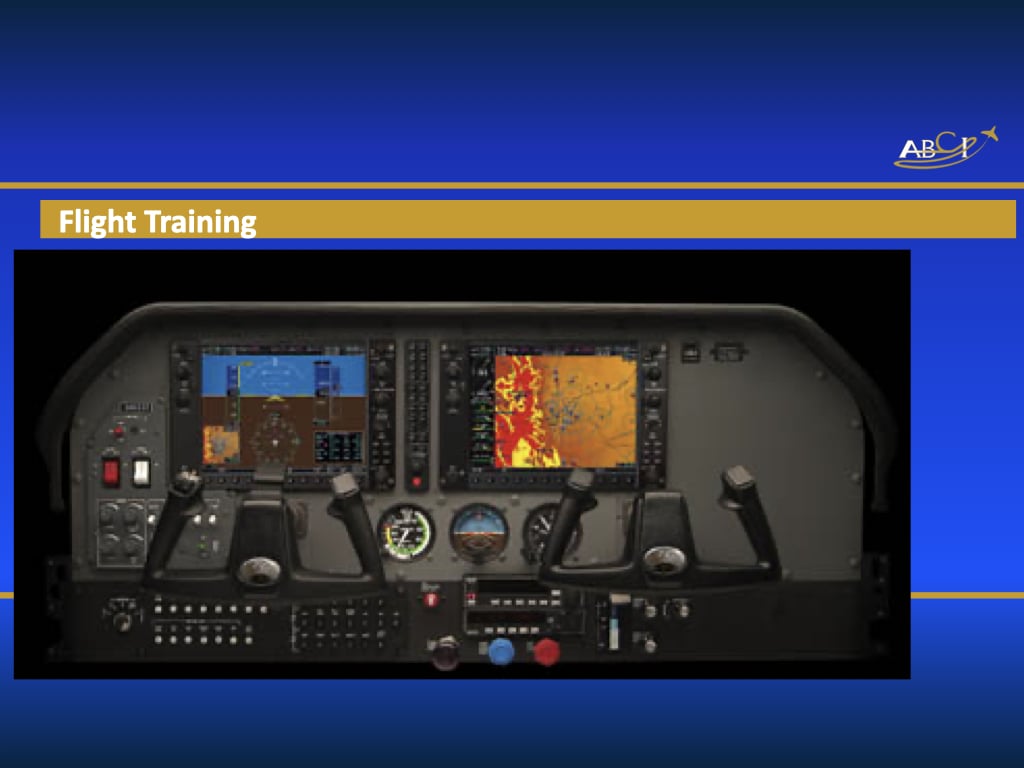
Max Trescott:
I think in the next 90 days, we’re going to see a slow ramp back up. And I think it’s going to be probably first with people who were getting close to check rides. I think they are the ones who are most anxious to get back into the sky because they were within weeks or a month or two of getting a check ride. And they’re the ones that I’ve been hearing the most from in terms of, “Hey Max, when are you going to start flying again? I want to get back to doing this.” And some of them have already scheduled check rides and most of them have already pushed out check rides one or more times. So, those are the people I think who are most anxious to get back in and those are the people that we’ll probably see show up first, over the next few weeks.
I would imagine that the typical influx that we see, usually around this time of year, of people interested in learning to fly is probably going to be much, much slower than usual. I’ve observed in the past that spring is always the time when I have lots and lots of leads of people who want to learn to fly and I think we’ll probably end up missing that cycle this year around. Maybe we’ll catch some of those people in the fall but I would say we’re probably not going to see too many new people showing up at the flight school going, “Hey, I’m really interested in learning to fly right now.”
Paula Williams:
Right? Well, that’s for sure. That was a challenge, even for me, when I was learning to fly is that muscle memory, if you take a break while you are in flight training, you end up with a big setback. And so, I know the flight schools may earn a few more hours from that but it doesn’t really work in anybody’s interest to have those big gaps in training.
Max Trescott:
No, and there are lots of other changes. For example, there’s a pretty long list that our flight school put out a week or so ago when they said they would resume dual training and they do now permit multiple flights in the same aircraft. They do require every one in the airplane to be wearing masks. They have eliminated all of the reasons to come into the building. So for example, the computers that people might use for checking the weather or flight planning have been moved out of sight, are no longer accessible. They’ve limited, I think to a maximum of four people in the building at any time, maximum two in any flight simulator room. Which means if you have two simulators going, hey, the building is now had maxed out. All of the keys are available in a box on the outside and the front desk personnel are at the office but are not in public view, they’re working behind the scenes.
So, there really isn’t a reason to go into the flight school. So, I think they’ve done a good job there. I know that some flight schools have put in one-way entrance and egress from the flight school so that people are not passing each other as they’re going in and out of the same entrance. So, I think that makes a whole lot of sense. And that’s, I guess that’s most of it, certainly there’s more regularly cleaning of the aircraft going on. Oh, and the mask rule is for the entire lesson. It’s not just for the time that you’re in the airplane, it’s from the beginning of contact to the end of contact. I expect that I’ll probably be doing more electronic log book entries. I’m not as anxious to scribble in people’s log books at this point in time. And just this morning, I went ahead and ordered off of Amazon a non-contact thermometer and I just told the first person I’m going to be meeting with, “And I plan to take everybody’s temperature, yours and mine at the very beginning of a lesson.” And I know that that’s not a guarantee that it will catch someone who has COVID-19, but at least it would screen out some small percentage of people who have a fever. So, those are some of the kinds of things that I’ll be doing. Of course, I’ve also bought a number of masks to use as well.
Paula Williams:
Oh, very smart and you’re telling people ahead of time. So, they’re not surprised when you’re pointing a gun at them when they show up.
Max Trescott:
Exactly. I found years ago when I was working in sales, people hate surprises. I try not to surprise my customers either.
Paula Williams:
Right. Okay. And of course this is a sales and marketing podcast. So, I know a lot of flight instructors are in the business of getting their own leads and generating their own students. A lot of schools are in the process of trying to figure out how to turn the spigot back on after all of this. And you’ve worked in sales so you have that background. So, you’re probably in a really good position to give advice. What would you suggest, that first maybe flight instructors and then second maybe the schools can do to get those spigots turned back on?
Max Trescott:
Sure. I spent 25 years at Hewlett-Packard, the first 16 or so in marketing and the last eight in sales selling half million dollar computers. So, it was kind of an interesting training ground to learn a lot of things. That being said, I’m having so much more fun teaching flying and I’m happy too.
Paula Williams:
I can imagine.
Max Trescott:
Happy to have made that transition. Well, one of the things I remember and I think I remember this from business school is that, studies have shown in the past, that during a downturn the companies that invest in marketing during downturns always seem to be the ones that come out stronger than their competitors when the market recovers. So, I think this is not really the time for people to pull back on marketing and advertising, even though from a budget standpoint, they may feel, “Oh, we really need to do this.”

I would say, no matter what business you’re in if there’s any way you can figure out how to keep your marketing going or to figure out how to make it even more targeted and more effective, you really should do that. For example, I know that there are fewer people advertising on Facebook and Google right now. And so, I think that means your message really has a better chance of reaching your target customer and possibly at a lower cost as well. I’ve been using Facebook ads to advertise the podcast that I do, the Aviation News Talk Podcast, and I’ve been seeing good results and I’ve continued that during the COVID-19 pandemic. I think it’s also a good time to just look at pricing structures. Are there discounts or incentives that you can offer to people? For folks that employ people… And by the way I’ve kind of, after I left HP, wanted to have my own business where I didn’t have employees. And that’s nice because at a time like now I don’t have to worry about laying them off or furloughing them.
But for those who do have employees, I would say this is a time to really look for creative ways, either trying to get them to work at home, or maybe to shift them into other kinds of work at your business so you can keep them productive. For example, you might want to try and get them on the phone calling prospective customers. If I were a charter business right now, I expect that my normal business customers are probably going to be down, but there might be some other segments I could go after that might be up. For example, I might look at medium to high net wealth people, maybe people that used to always fly first class but now really aren’t that keen to get on an airliner. Those would be the kinds of people I think I would be calling if I were doing any type of Charter or airline type kinds of stuff. I’d be looking to figure out how to shift more into cargo because clearly passenger services has gone down but cargo is up significantly.
So, I think it’s a time where no matter what business you’re in, it really makes sense to just rethink all of your assumptions and look at all of your different market opportunities, figure out how can you shift your business in a way to mitigate the downturn in some customer segments and to find other customer segments where you can look to pick up new business,
Paula Williams:
Right. That is fantastic. And I know there’s a great quote from one of our clients, Gene Clow, he’s a broker, “There is no such thing as a bad economy because something that is bad for one customer type is fantastic for another.” So, if you can be creative and find those opportunities, that’s some fantastic ideas.

Max Trescott:
Yeah. And I think another thing we all have to look at, and you and I right now are talking over Zoom, the whole world has become a Zoom knowledgeable. And I’ve been doing lots of that because that’s the way we’ve recorded a lot of our podcasts in the past. But I think everyone needs to really think about, what are ways that I can use Zoom or the new Facebook Rooms or any of those kinds of ways to connect with either clients or to put on webinars. I think this is a great time to be prospecting for new customers that might not be ready to buy right now but if you can just hook them by giving them free webinars or things like that, that tell them about your business, at least you’ve got them moved partially down the funnel. So, that by the time when things recover a little bit and they’re ready to buy, they’re going to be more interested in closing a deal with you in particular.
So, I think we all have to look at our online meetings, figure out, “Hey, do you look good? Do you have good lighting?” For example, I think it’s real common for people just to figure, “Hey, Zoom, that’s as simple as opening my laptop and just starting to talk.” And the answer is, “No, it’s not.” You want to take a look at your background, you want to see what people are going to see. And so, for example, if you’ve got a new Zoom account, I would say just turn it on, have a meeting with yourself, adjust the camera, look at the background, see what people are going to see and figure out how to adjust that. If you’re using a laptop, boy I would really suggest you get a dedicated camera instead. We all know who are using laptops these days because we’re getting better views up people’s noses.
Paula Williams:
Exactly. Or holding their phone like this. So, it’s like you see this angle of people’s face, which is never a good look, right?
Max Trescott:
Exactly. So, there are so many things you can do to look so much better on Zoom if you just give it a little forethought. And I think that’s important, I think people like doing business with people who they perceive, who care about the details, who are neat in their appearance. If you look sloppy, they’re going to think, “Well, maybe you’re sloppy in other aspects of your business.”
Paula Williams:
Right.
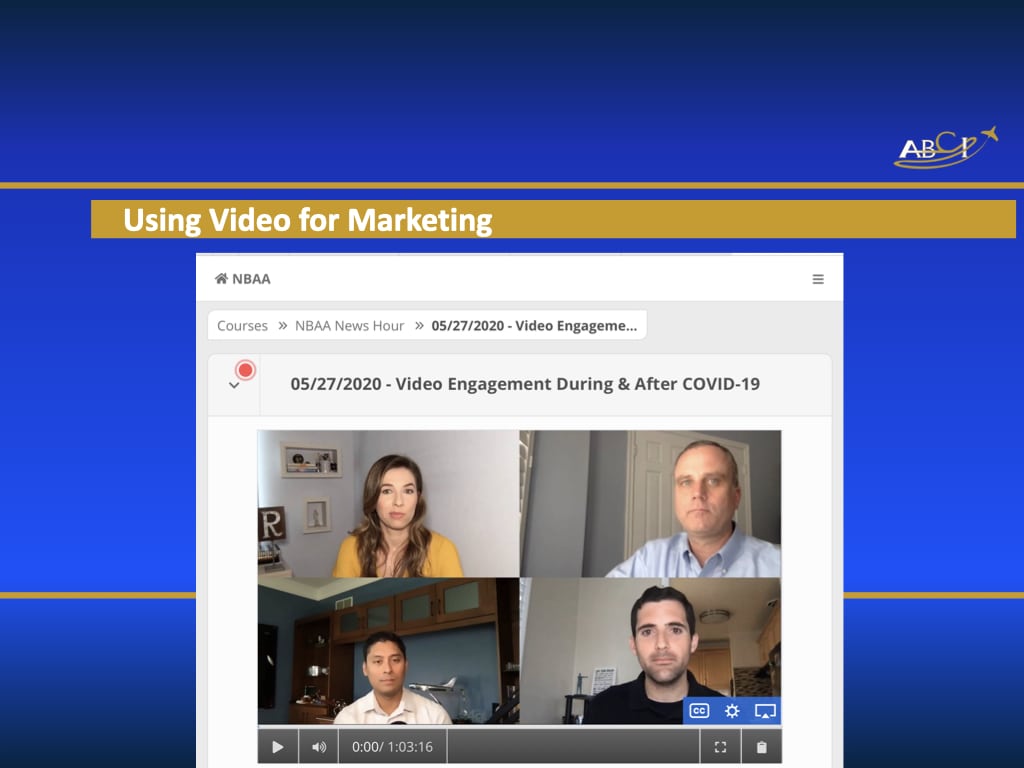
Max Trescott:
And so, all these are important things. So I would say, “Yes, get into doing more Zoom and webinars and things like that.” But do some practice first with your family, your friends, or maybe if you’re going to be doing live streaming, there are live streaming consultants who can help you get the right equipment. For example, the little C290, pardon me, C920 webcam is probably used a heck of a lot. On the other hand, if you got a better camera with a wider aperture lens, you’re going to have more blurred backgrounds. It’s going to probably look a little bit better. You’re going to have higher quality. So, just put the same kind of thought and attention to doing your online meetings and Zoom calls that you would give to preflighting your aircraft and making sure that they’re ready to fly.
Paula Williams:
Right. I don’t know if you’ve heard the NBAA News Hour this morning, where they were talking about using video to connect with customers during the downturn and a big issue that a lot of people have is fear of the camera. And I think lot of people are being forced because of COVID-19 to get over that, or to find ways to deal with that, or to get through that fear. And I think it’s just like a fear of flying, the best way to get through it is to get moving and have a meeting with your spouse or have a meeting with your dog in the other room. I mean, whatever you need to do to get comfortable with this mode of communication, because it’s huge and it’s much more powerful than text or anything else. And here’s your opportunity to do something that maybe your competitors aren’t doing or afraid to do.
Max Trescott:
I think people are often self conscious about how they’re perceived by others. And I think over time, people will generally come to learn that “No, the rest of the world is really not that caught up with you and what you look like and what you’re thinking and how you’re acting.” People have their own sets of concerns. They’re not nearly as concerned about you as you may be concerned about you. So, I would say, “Yeah, just get over the fear and the shyness because you’re over inflating the concerns and the issues.” Nothing bad is going to happen. Yeah, you might end up making a tiny gaff here or there but we all do that and you learn to laugh at it. It’s part of what makes us human.
So yes, the more you practice, the easier it is. I suspect it’s probably easier for younger people who have been using FaceTime and things like that for 10 years now. They’re so comfortable with picking up the phone and seeing people on the other end. I’m guessing folks who perhaps haven’t been using computer technology as much or who are older, may be just a little bit more sensitive and concerned and self-conscious. But I would say it’s no different than standing up in front of a crowd and giving a presentation. You don’t just run out in front of the crowd the first time you practice, practice, practice and then you go stand out in front of the crowd. So, I think it’s the same kind of thing applies here.
Paula Williams:
Absolutely. And nobody cares if you’ve got a… In fact, it’s a nice way to connect with people, we’ve all got quarantine haircuts right now. We were just talking about that at the beginning of this call. So, perfection is sometimes the enemy of authenticity. So yeah, you want to practice and I totally agree with that, the more polished you can be the more comfortable you’re going to be, but don’t throw a video out just because you feel like, “Well, people are going to be looking at the fact that my eyebrows aren’t perfectly leveled the whole time.” I mean, you’re going to be noticing things that nobody else cares about.
Max Trescott:
And I think a key thing is that people are always looking for quality. When the beginning of the pandemic started one of the early thoughts I had for my Aviation News Talk Podcast was, “Maybe I should be greatly increasing the frequency of this. Maybe as people are sitting at home, I should be instead of putting the show out about once a week, doing it a couple of times a week or daily.” Things like that and the more thought about it I realized, “No, people are looking for quality.” And so don’t just feel like volume is going to be the way to go, “Oh, I’m going to crank out 50 videos and that’s going to help grow my business.” No, actually one or two pretty darn good videos that address your customers pain points, the things that they’re worried about right now, those are going to be one heck of a lot more effective. So, I would say continue to try and strategically target a few elements of your marketing mix that are most important for you and just do those exceptionally well.
Paula Williams:
Right, exactly. That’s one thing I take issue about the News Hour this morning. They were saying, “You have to post daily.” And for my market and possibly for yours too, I’m thinking it’s better to do a quality production once a week than to do a daily post on what you had for breakfast as an example. So, you have to plan these out so that they’re valuable for people and not wasting their time as well.
Max Trescott:
Totally. Yeah. You don’t want to waste people’s time, you want to give them quality. I could see that daily makes a whole lot of sense for Instagram influencers, but these are people who have making their career by showing off all kinds of clothing and running shoes and things like that. This is not the business that we’re in.
Paula Williams:
No, we have day jobs.
Max Trescott:
People are not interested in what I will call superficial looks and so on, so. No, yeah, if you’re looking to get the greatest number of followers, you’re not going to be in the aviation business, you’re going to be showing young models, showing off clothes and at great travel locations and things like that. Yes. That’s the post 10 times a day model, that doesn’t apply for us here in aviation. I agree once a week is totally adequate. And we commented earlier just before we started talking, I’m seeing a slight downturn in our numbers for podcasting and I know that’s true across the industry right now.
Paula Williams:
Yeah.
Max Trescott:
People don’t, just because people are sitting at home, they don’t have more time to listen to a podcast. Now you commented that the YouTube watching is up somewhat. So, don’t just concentrate on volume, concentrate on quality and putting it out in the channels that work best for you.
Paula Williams:
Right, absolutely. So, just to wrap this up, I know you’re involved in a number of things, including a number of podcasts and you do flight training and you have a number of different enterprises that you’re running but if you could maybe let our listeners know some of the things that you’re up to and how they can connect with those and get involved. I think that would be really helpful.
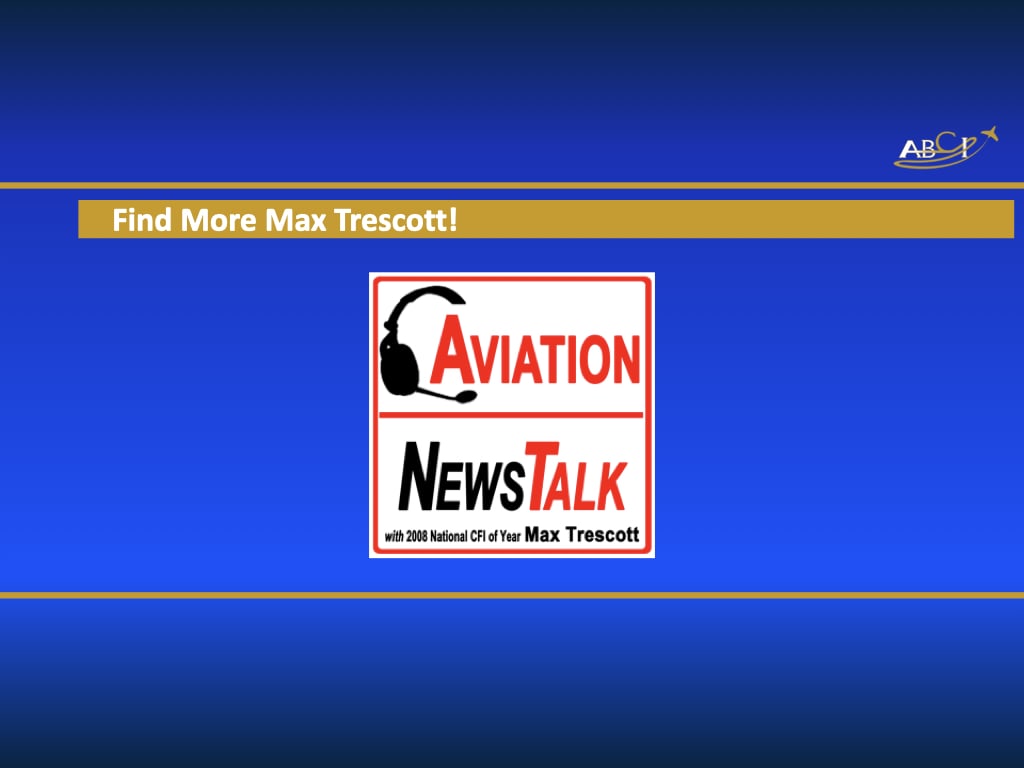
Max Trescott:
Oh, sure. Most of what I do they can find out at AviationNewsTalk.com. That’s a weekly show focused on general aviation. So, we don’t talk about the airlines or military things like that. It’s all strictly about general aviation. And then I also publish books, probably best known for my Garmin G1000 Glass Cockpit Handbook. I have another one which will be coming out for Garmin product probably within a month or so. So, that’s how I used my pandemic time, was to accelerate this project that was taking way too long and I would suggest that people do the same. If you’ve had some downtime, hopefully you’ve been using it to work on those projects that you haven’t been able to get to and people can find the G1000 book at g1000book.com.

Paula Williams:
Excellent. It is a fantastic book. I read it, we had a G1000 in our Skyhawk and that was my Bible. So, it was really, really helpful. Of course I learned on a G1000. I never learned the steam gauges to begin with, so I’m one of those kind of pilots that a lot of people complain about but I did learn the steam gauges. I did have one instructor who insisted that we cover the G1000. So, all of the flight training I did with him was definitely old school.
Max Trescott:
Well, a nice thing that I’ve learned, is that when people learn to fly in a G1000, they’re also at the same time learning how to fly in round gauge instruments because we’ve got three round gauge instruments in that airplane. The reverse is not true. If you’re learning in a six gauge aircraft, you’re not learning how to do the G1000. So, it’s actually, I think, more efficient to learn on the G1000, you’ve got more tools and you’re going to learn how to fly a Six Pack anyway.
Paula Williams:
Right, exactly. And learning how to fly the plane in the future. So, that’s a wonderful thing. Well, thank you for spending some time with us and that’s actually kind of reassuring. I feel better having talked with you from one of the hotspots in the world about the COVID situation and you’re surviving and you’re finding ways to adapt and making it all work.
Max Trescott:
Yes. It’s like everything else. We just have to constantly, re-examine all our assumptions and move forward. So yes, life continues here in the heart of COVID country.
Paula Williams:
Absolutely!




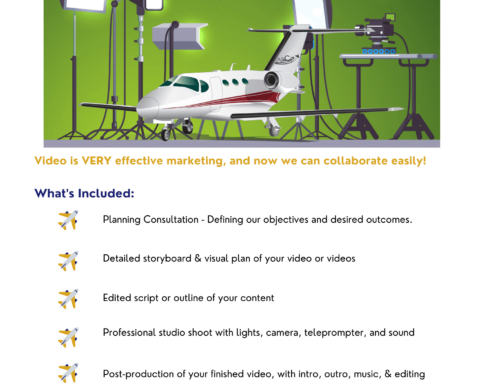

Good article
Nice article
Wow-what great information, I love it! , Really good. Thank you for making it painless, pleasant, and most of all hassle-free anyone need more information for Best Places to Sell Laptops Online please visit this site https://eishops.com/blog/supporting-small-businesses/best-places-to-sell-laptops-online-and-make-money
It’s important to remember that the pandemic is going to be over soon! Stay strong 🙂
Hi Author,
Thank you for your information. I really like that you gave me an idea of what to expect to spend.
wow Nice article.Thank you for sharing the details. You are best blogger.Its very informative blogg.Its very helpful for me.
.thank you.
I really love reading your article very nice and very interesting. And it was very informative.
resin name badges
Very delightful and enlightening interview! Nice to see how the aviation sector is coping up with the pandemic. I suspect that these safety protocols are here to stay for a long time.